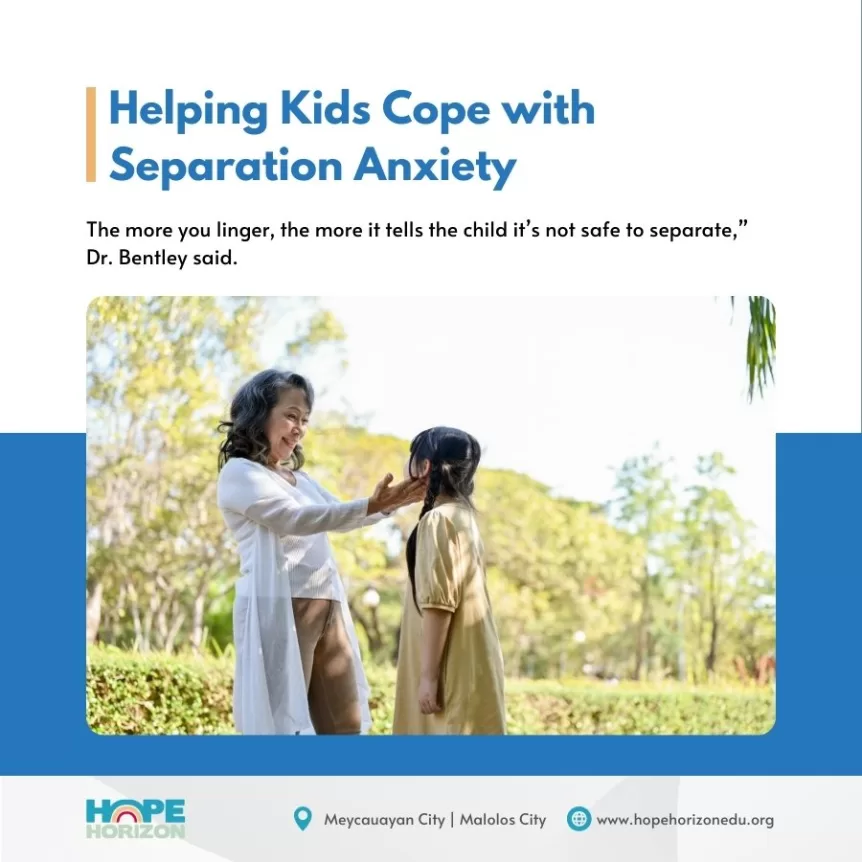The more you linger, the more it tells the child it’s not safe to separate,” Dr. Bentley said.
Age-Appropriate Strategies to Alleviate Worry in Children
For toddlers and preschoolers, consistency is paramount. Parents should collaborate with their child’s daycare provider to establish a predictable daily routine, ensuring a swift drop-off process. “Lingering too long conveys to the child that separation is unsafe,” Dr. Bentley cautioned.
As part of this routine, the child should form a strong bond with a specific caregiver, entering daycare and immediately engaging with their preferred activity. At home, parents can discuss the routine’s steps with the child: “I’ll give you a hug. You’ll see Teacher Jennifer. You can play with the blocks.” As friendships develop, including peers in the conversation can serve as an additional motivator: “Your friends Jasper, Willa, and Niko will be there.”
For kindergarteners and elementary school students, parents can build upon the principles of instilling confidence, such as quick drop-offs and maintaining a positive focus, while introducing new strategies tailored to the child’s increased maturity and ability to contemplate the future.
“Capitalizing on opportunities like kindergarten round-up or visiting the school or classroom before the start of the school year, and meeting classmates if possible, can greatly benefit the child,” Dr. Bentley emphasized. Many elementary schools offer online resources that families can explore prior to the beginning of the school year. Discussing the teacher’s posted daily routine can help students feel more prepared for the school day. “The more information children have in advance, the less anxious they will feel,” Dr. Bentley stated.
Parents can also encourage kindergarteners to bring a small, pocket-sized comfort item from home, such as a stuffed animal, as a reminder of their loved ones and their readiness for school.
Allowing avoidance reinforces the wrong message
It is crucial for parents to make it clear to their children that avoiding school is not an option. “If the parent accommodates the child’s anxiety by allowing them to avoid school, this conveys that the parent lacks confidence in the child’s ability to handle the situation,” Dr. Bentley explained. “This undermines the purpose of helping your child develop a sense of competency.“
If a child continues to struggle, parents can collaborate with teachers and school counselors to devise strategies that support the child’s school participation, rather than enabling them to avoid anxiety-provoking situations.
For students transitioning to middle school, junior high, or high school, orientation events such as campus tours and open houses can be tremendously helpful. These events can alleviate anxieties related to navigating a larger school, managing the expectations of multiple teachers, and meeting new classmates from different feeder schools.
Parents should recognize that tweens and teens may grapple with more complex anxieties, such as social anxiety stemming from the fear of not being accepted by their peers. Their anxieties can also manifest in less obvious ways. “For instance, students’ oppositional behaviors or complaints that school is ‘boring’ may be driven by underlying anxieties,” Dr. Bentley noted.
Older students are also ready for more nuanced discussions about these feelings. Parents can explain that the physical sensations of anxiety and excitement are similar: Just imagine how you feel standing in line for a roller coaster, heart racing, and breathing quickly.
Acknowledging a child’s internal experience—perhaps a mix of excitement and worry—while also conveying confidence in their ability to handle challenges remains crucial.
“Parents can say, ‘I know you feel unsure, but I’m confident you can handle this,’ and then look for ways to incorporate reminders of the familiar into the conversation,” Dr. Bentley advised. For all of us, cognition drives behavior, so parents should think of themselves as filling their child’s internal ‘thought bubble’ with messages of confidence. “That helps children transition from their comfort zone to their growth zone.“

